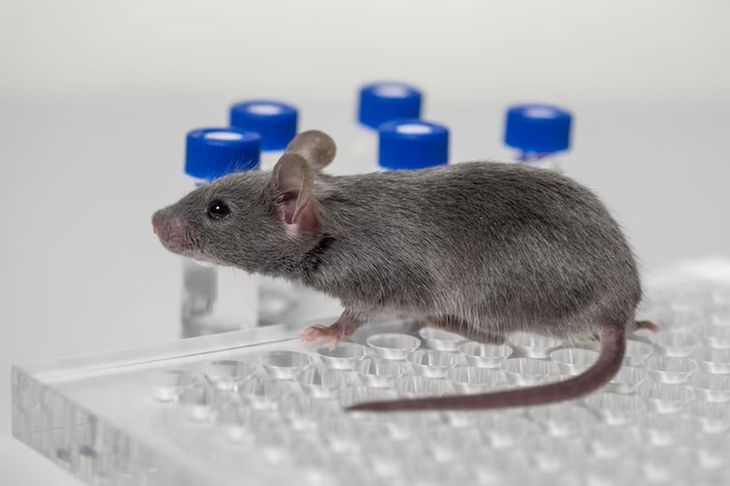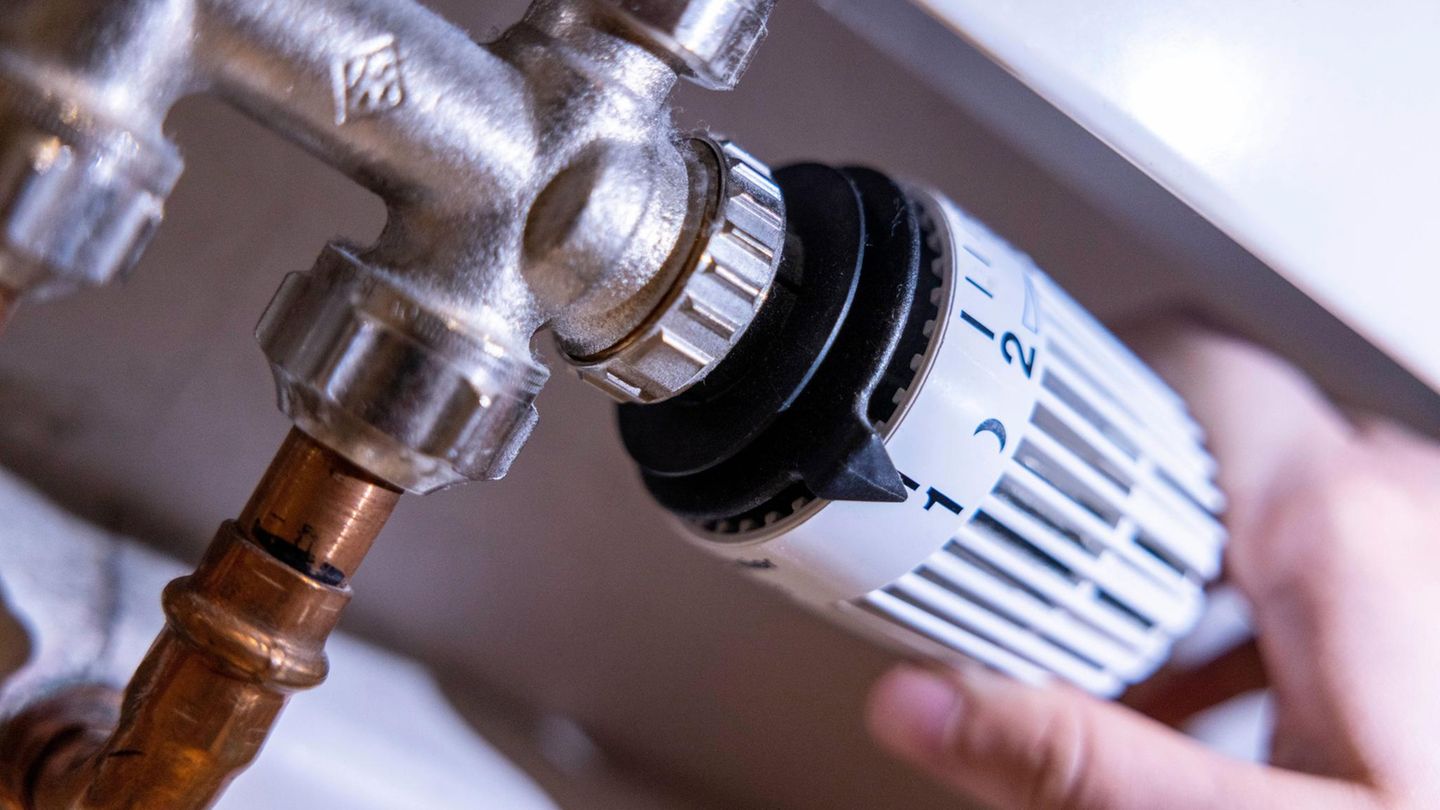The study demonstrates a 100% mortality rate in mice from a virus related to Covid-19.
They already passed four years since the Coronavirus appeared in our lives, drastically altering the normality we knew and forcing us to adopt a new reality marked by health restrictions and precautions. In this context, vaccines represented a crucial milestone, ushering in an era of hope and recovery.
The content you want to access is exclusive to subscribers.
However, it is still too early to claim victory, a Chinese laboratory created a mutant strain of Covid.19. This strain demonstrates a 100% mortality rate in genetically modified mice to simulate humans.

What the new mutant strain of Covid-19 is all about
In the recent and controversial study carried out in Beijingscientists developed a new strain of COVID-19, designated as GX_P2Vwhich showed a 100% mortality rate in mice genetically modified to simulate humans.
laboratory rat.jpg

The mice are genetically modified to look like a human.
freepik
Mortality rate
He GX_P2V viruswhich is a mutant variant of coronavirus discovered in Malayan pangolins in 2017, showed its high killing capacity, ending the lives of all infected mice in just eight days. But not only that, the results also show that the virus seriously affects vital organs such as the lungs, bones, eyes, trachea and brain.
The variant of Covid-19 in humans
This study is the first to report a mortality rate of 100% in mice for a virus related to COVID-19, far exceeding the results of previous research. However, The effects of GX_P2V in humans are still unclear and The study has generated significant criticism in the scientific community.
The criticism of the study that created a mutant strain of Covid-19
Experts like Francois Balloux of University College London and Dr. Gennadi Glinsky of Stanford They harshly criticized the study on their respective social media accounts for its potential risk and lack of scientific relevance. Besides, Concerns were raised about biosafety measures used during the investigation, comparing them with research practices in Wuhan before the Covid-19 pandemic.
“This madness must stop before it is too late,” says Dr. Gennadi Glinsky of Stanford. Meanwhile, The news opened a debate about ethics and safety in research into potentially pandemic pathogens.
Source: Ambito




